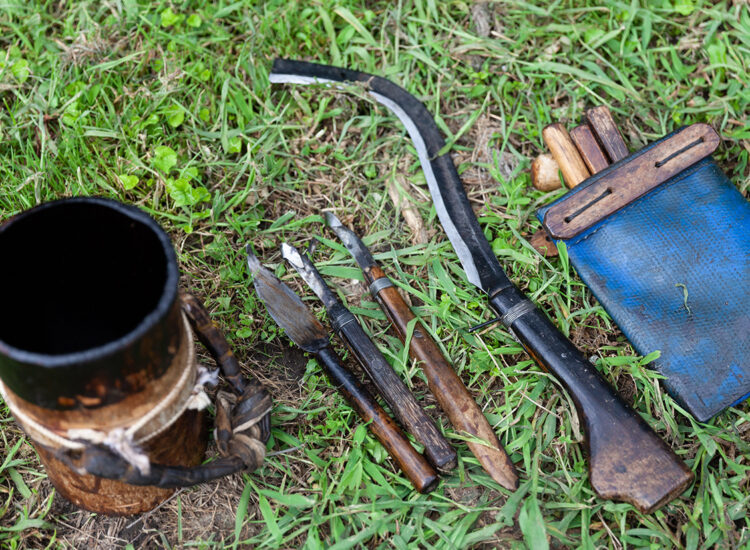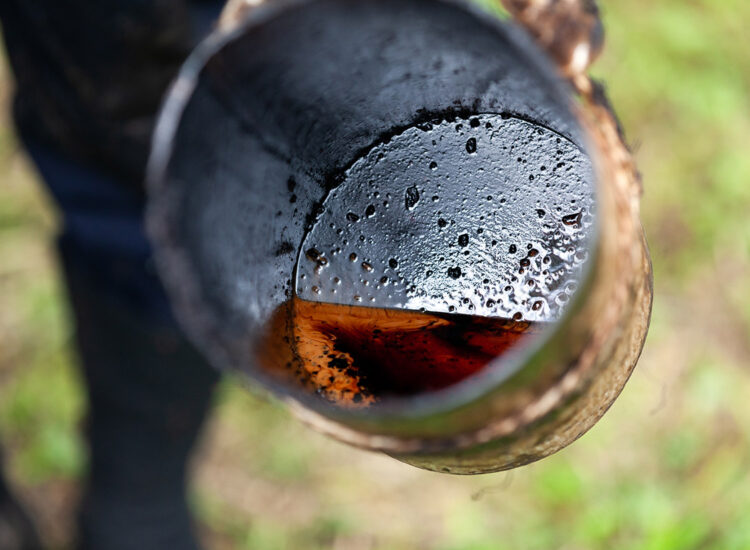
The Work and Tools of a Lacquer Tapper


Approximately 95% of the lacquer used in Japan is produced abroad, and only 5% is produced domestically, of which 75% comes from the Joboji area of Ninohe City and its surrounding area.
The term “Joboji lacquer” refers only to products that meet the standards set by the certification committee. One of the criteria is that the lacquer must be collected in the specified regions of Iwate Prefecture, including Ninohe City as well as the Sanpachi region that stretches from southern Aomori Prefecture to northern Akita Prefecture. The certification committee members visit the sites to investigate not only where the lacquer was collected, but also whether the traditional lacquer collecting technique was used.
Joboji lacquer is collected by a method called koroshi-gaki (killing and scraping), which is carried out from June to early November. The craftsmen decide on the number of trees to collect lacquer from each year and divide them into four groups, and the tapping process is carried out by one group per day.
The first step to collecting lacquer starts with preparations. First, the undergrowth is cut so that the lacquer trees get more sunlight. Then at the beginning of the rainy season, a sickle is used to peel off a thin layer of the outer bark of the trunk. Once the surface is made flat, a Japanese hand plane is used to make 2 to 3 cm scratches called medate on the trunk at a height of about 20 cm from the root. These scratches are made as a signal to the lacquer tree that it is about to be harvested. Using this mark as a reference, a slightly longer scratch called hengaki is made above the older scratches every four days, which is how long it takes for the lacquer tree to recover. The secreted milky sap is scraped off with a spatula and placed in a special barrel called takappo.
When the tapping process is finished, the lacquer tree is scraped in areas above the hengaki that have not been touched before. These new scratches are called uramegaki. Finally, a scratch that goes around the entire tree, called tomegaki, is made to completely block the flow of the lacquer solution. After carefully scraping every last drop of lacquer, the tree is cut down to finish the job. A This tapping method called koroshi-gaki may sound as though it has a negative impact on the environment; however, the lacquer tree has a strong resprouting ability, and new shoots appear from the roots the following spring. In fact, cutting the trees down is a healthy way to thin the forest while maintaining its growth. The amount of lacquer that can be harvested depends on the age of the tree, the season, and the weather, so it takes an experienced craftsman to discern these factors and harvest good quality lacquer without waste.
Photo provided by Ninohe City
→Access to the Joboji Urushi Forest
